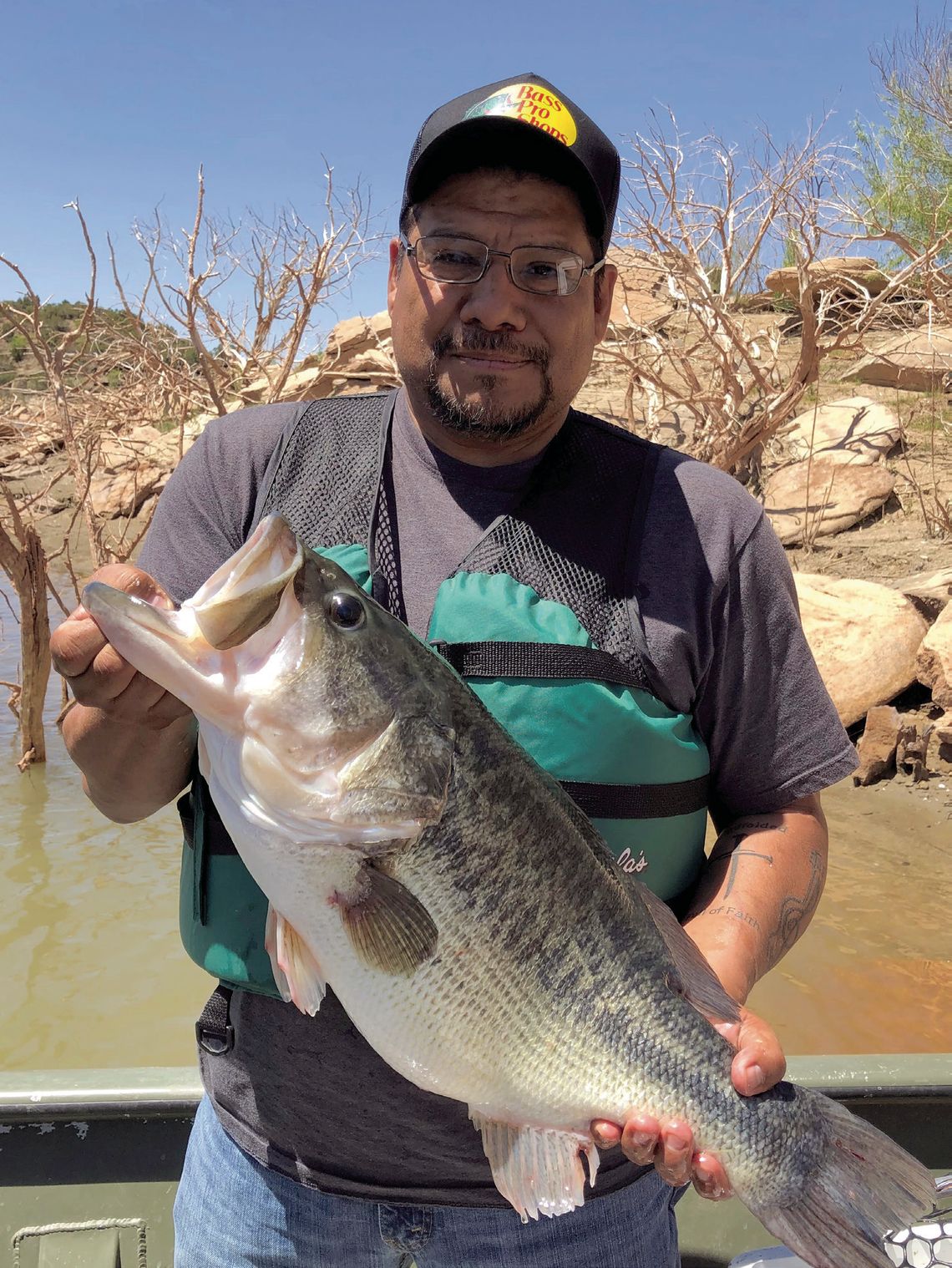It’s been an eventful year thus far for Toyota ShareLunker. Through Feb. 19 Texas Parks and Wildlife’s popular spawning and genetics research program had taken in six Legacy Class entries upwards of 13 pounds.
It’s looking like things are setting up for another banner collection season with the height of the spawn still ahead. Legacy Lunkers will be accepted through March 31.
Two of the early February entries were 14-pounders caught by Willie Pipkins of Dripping Springs and Ross Gomez of Lubbock. Interestingly, neither angler was fishing from a boat.
PLEASE LOG IN FOR PREMIUM CONTENT. Our website requires visitors to log in to view the best local news.
Not yet a subscriber? Subscribe today!




